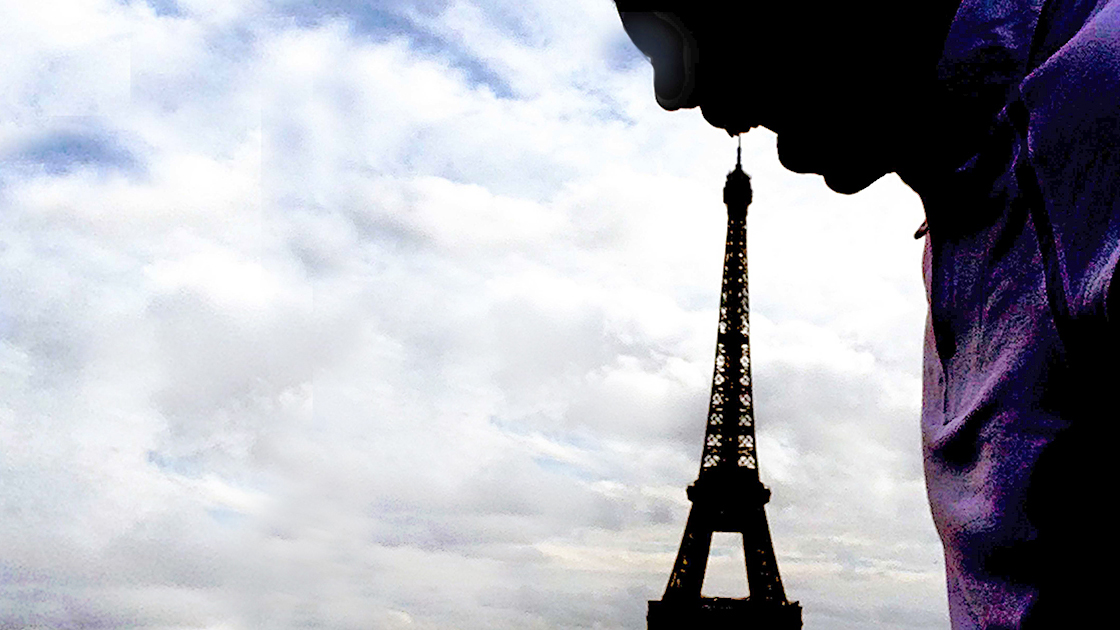
How did I find out about rakugo? I saw a post on Facebook. It was the word “Japanese” on the description that caught my eye, and having interest in anything Japanese, I clicked on the post to read more.
 |
| Rakugo in Davao. Meet the talented cast (comic mode turned off)- Fukurya Katsura, emcee; Lucky Mai, daikagura; Eika Utsumi, onna dauraku; and the rakugo masters Kaishi Katsura and Asakichi Katsura. |
“Rakugo in English, Japanese sit-down comedy in Davao.” The show produced by The Japan Foundation, Manila and All Nippon Airways with the cooperation of the Consular Office of Japan in Davao.
Interested. Very. I confirmed my attendance.
In an SRO venue, the first act’s performer, Rakugo Master Kaishi Katsura, took to the stage to share what Rakugo is—in the funniest way.
 |
| Rakugo Master Kaishi Katsura |
Rakugo (literally “fallen words”) is a form of Japanese entertainment. In seiza-style (traditional Japanese way of sitting) on a cushion on a koza (stage), a one-man troupe of characters— from geisha to samurai, merchant to ninja—relates stories in a comical way changing the voice, facial expression and a slight turn of the head to portray the different characters involved in the story.
Only a sensu (paper fan) and a tenugui (small cloth) are used as props by the rakugoka (literally “person of the falling word”).
Rakugo dates back to 1787 and was known as karukuchi. It was during the Meiji period when the expression rakugo was used.
Eika Utsumi’s act came next with a musical story telling, which serves as a “colorful counterpoint to all-talk comedy”.
 |
| Eika Utsumi & her shamisen |
In a very humorous way, Eika Utsumi shared her impressive credentials as Japan’s only onna-douraku artiste and a shamisen player in between strokes of the Japanese three-stringed instrument.
Not only was she successful in making the audience laugh with her short spiels, she also showed the audience why she Japan’s number one shamisen player.
It is said that Daikagura was originally a very sacred and serious performance since it served as a talisman to ward away evil. It’s also believed that it was performed “for the gods’ fun.”
 |
| Lucky Mai in action |
If the gods had fun with the juggling, acrobatics, magic and dance, what more for the Davao mortals? Lucky Mai’s traditional clowning performance was indeed amazing.
Following Lucky Mai’s act was Asakichi Katsura, another Rakugo Master. He was as funny and entertaining as Kaishi in his skit.
 |
| Rakugo Master Asakichi Katsura |
If laughing does prolong life, then this Japanese troupe did a great job in extending the lives of a ballroom-full of people. We were truly a lucky bunch.
 |
| Curtain call. A standing ovation for this amazing performers |
Perhaps if there are other people to thank for this life-prolonging entertainment today, they are the Buddhist monks. In the 9th and 10th century, the monks made use of this technique to make their sermons interesting.
It soon was turned into a monologue to entertain the feudal lords. Then during the Edo period, the rakugo spread to the lower classes.
 |
| The Rakugo troupe's signature shot with their audience, Davao City version |
To the Buddhist monks and the rakugo in Davao artists who introduced us to the Japanese form of entertainment in English—Kaishi Katsura, Asakichi Katsura; onna douraku, Eika Utsumi; and daikagura, Lucky Mai— thank you is in order. Domo arigato gozaimashita!
 |
| After tons of laughter, a chance to take my signature selfie. A parting shot with cast & Japan Foundation Dir. Hiraoki Uesugi & Marco Polo GM Dottie Wurgler-Cronin. |
Email me at jinggoysalvador@yahoo.com. For more lifestyle & travel stories, visit www.ofapplesandlemons.com & www.jeepneyjinggoy.com
Also published in the SunStar Davao newspaper.
Seen at the show:
 |
| Jean Andersen |
 |
| Abdullah Aquino & family |
 |
| Jing Puentespina, Patsy Ibareta & Leticia Averion |
 |
| Marie Tionko, Norma Soriano & Danney Barnett |














